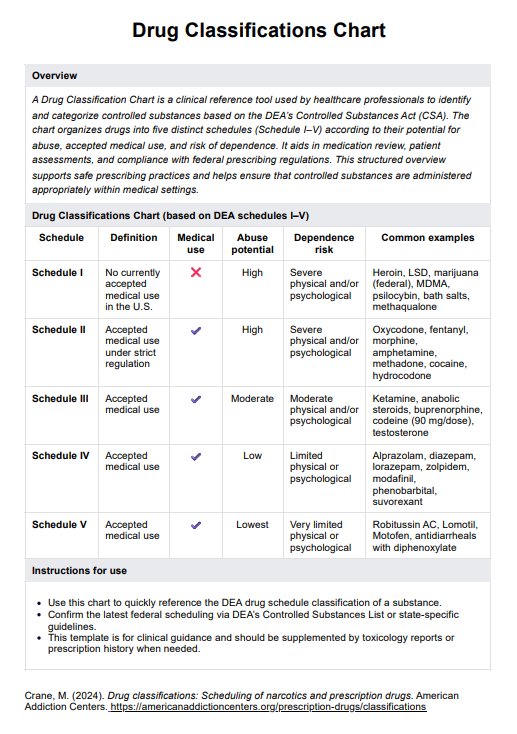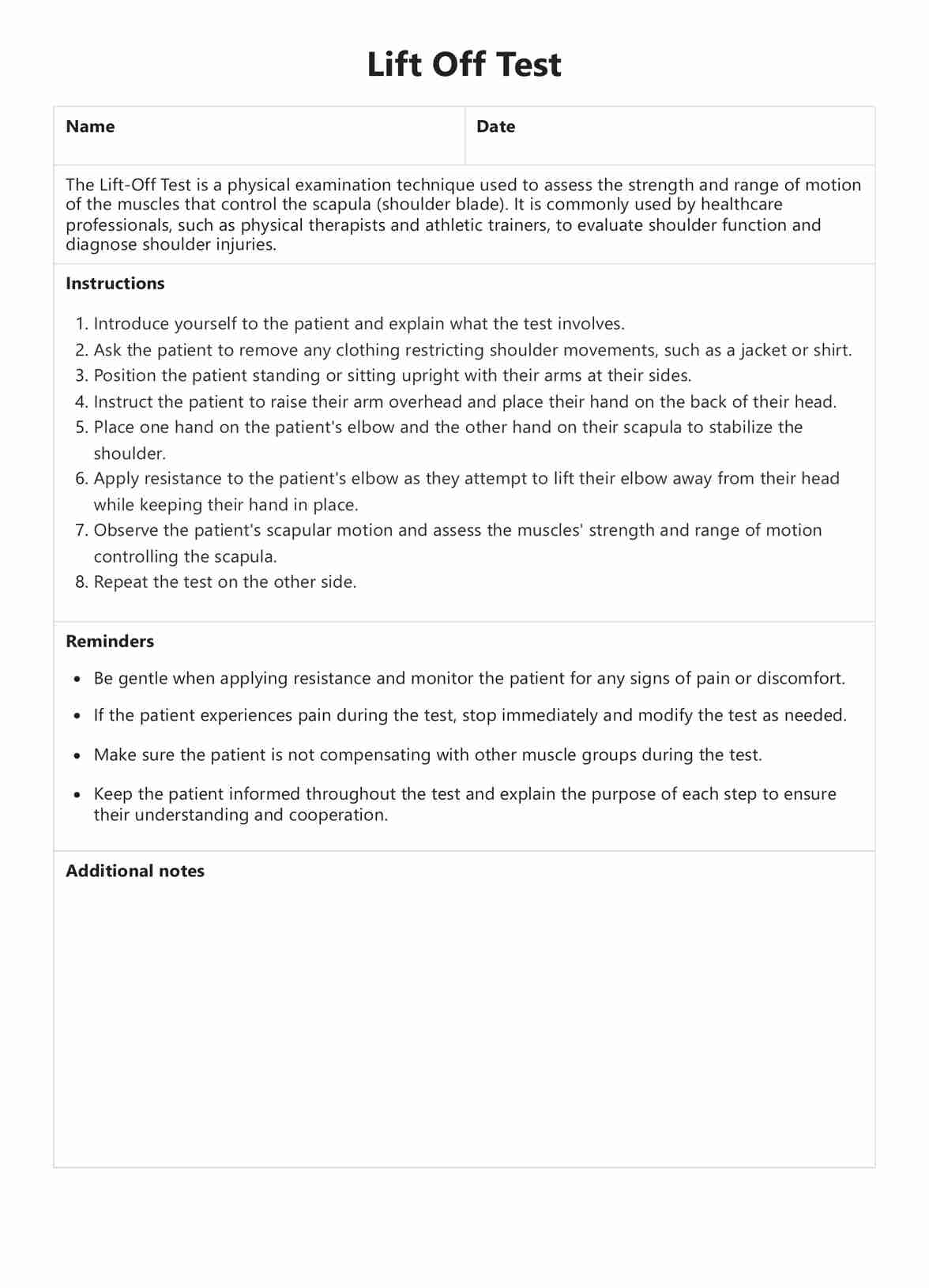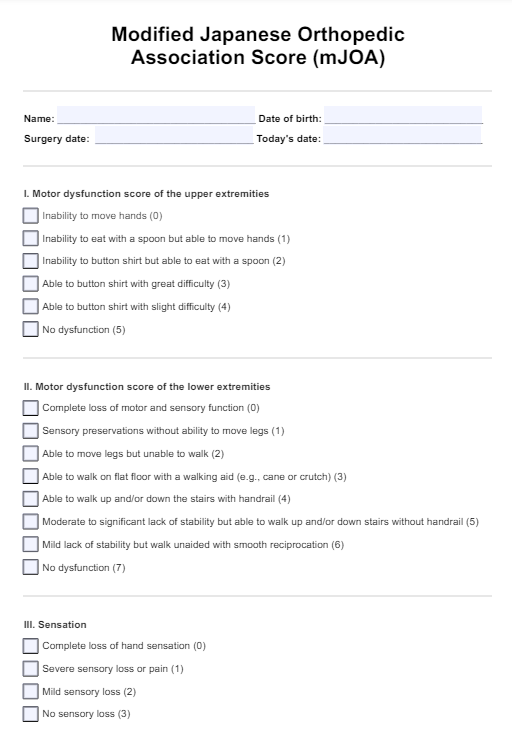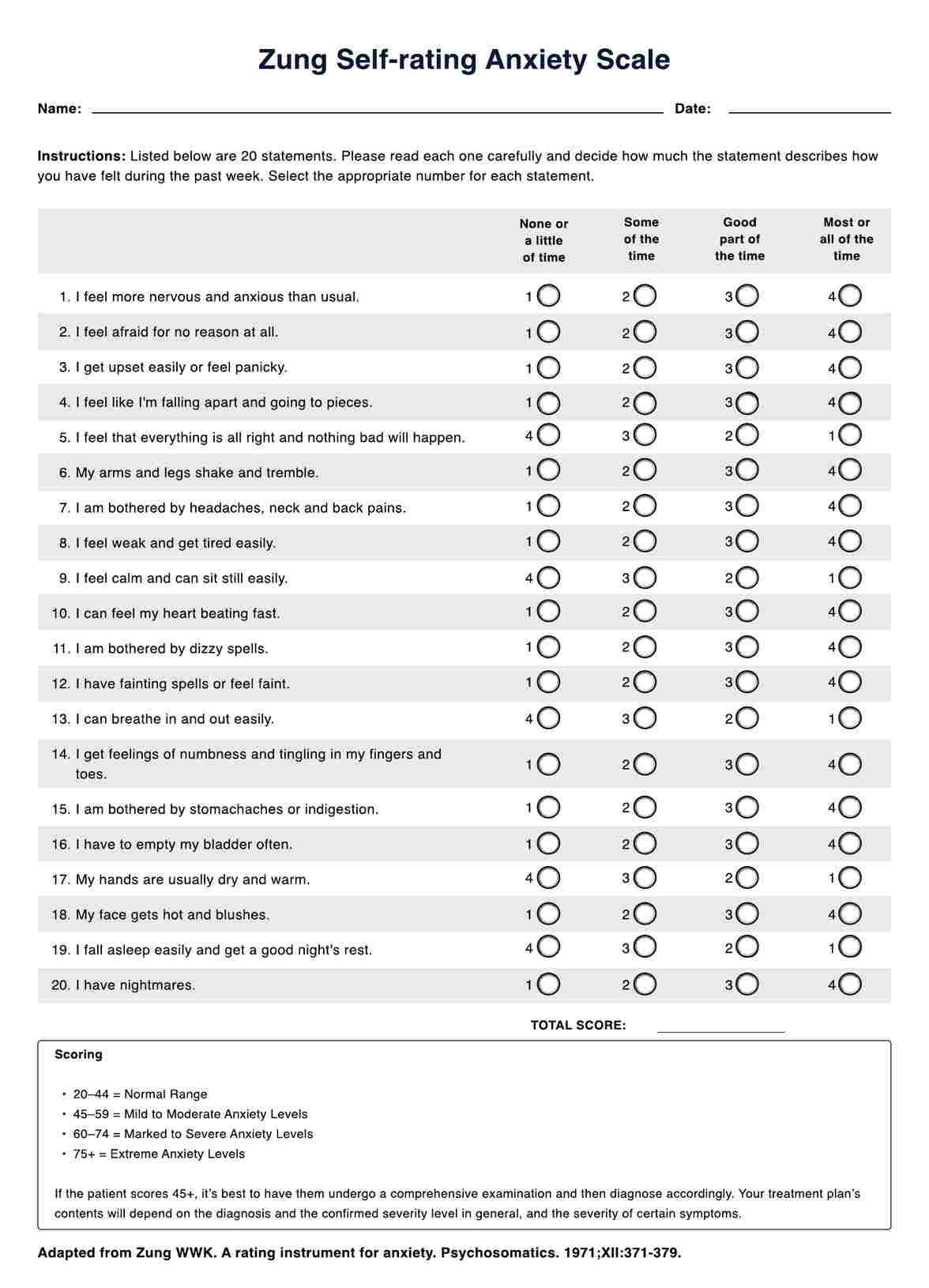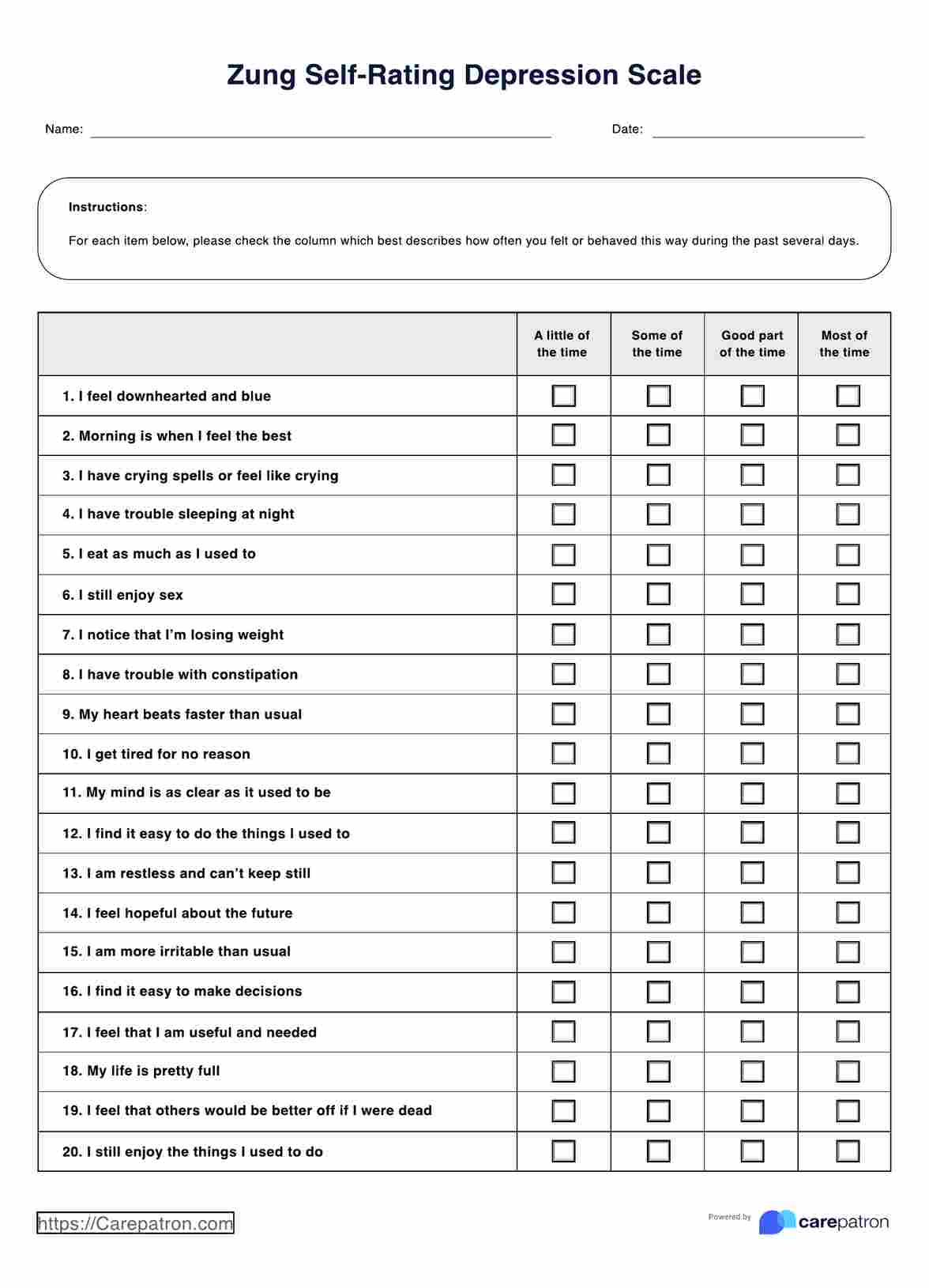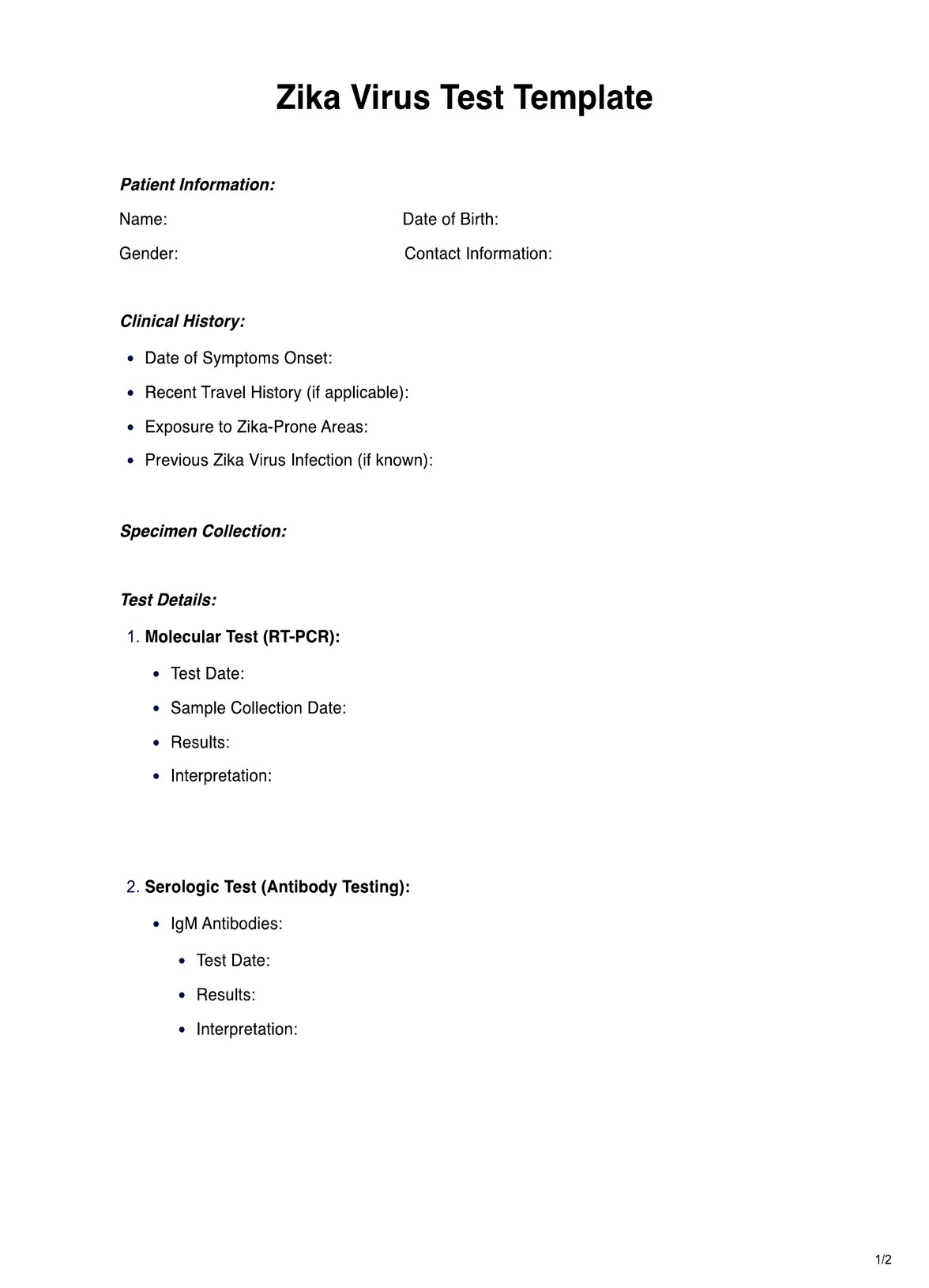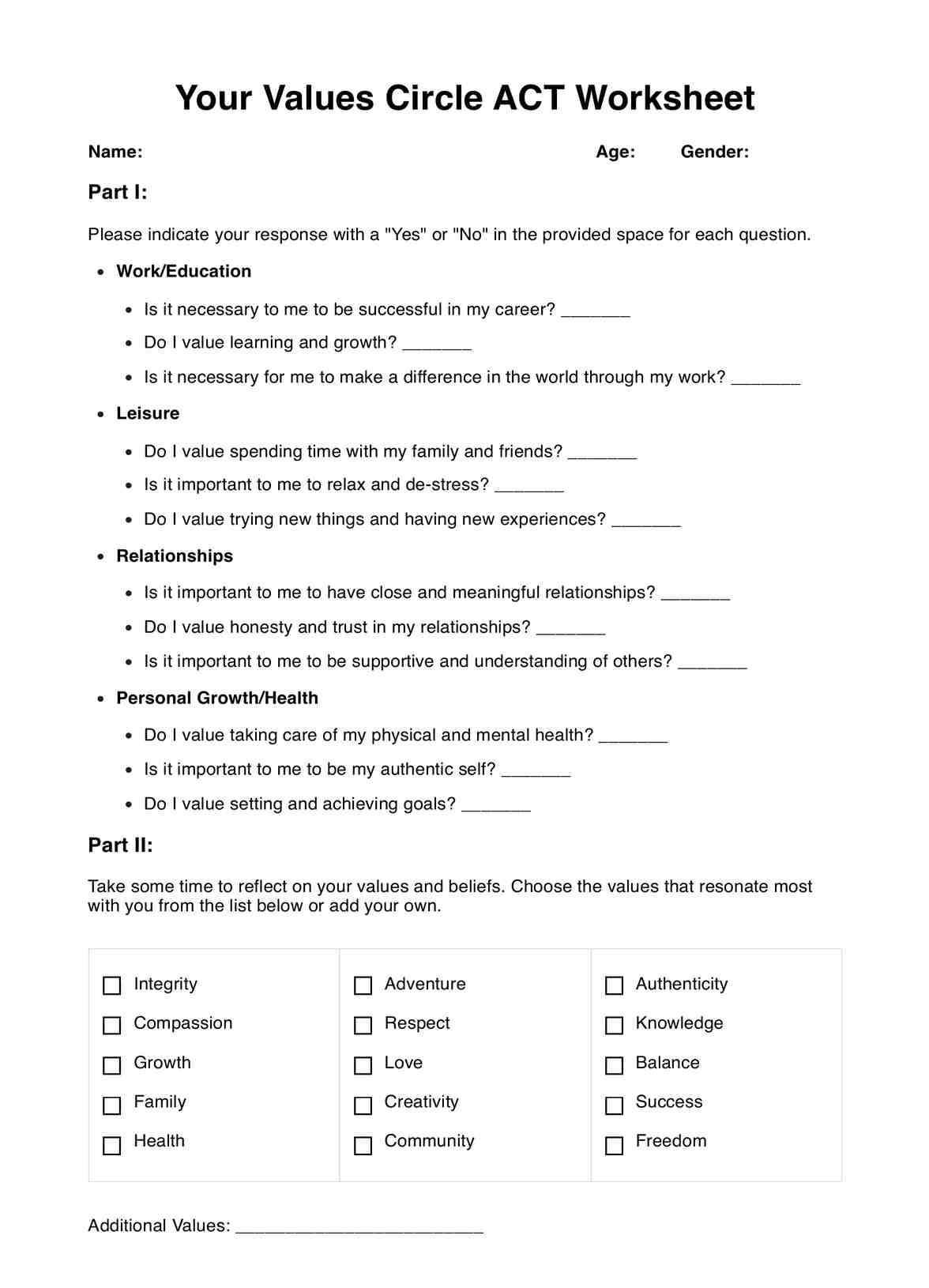Breast cancer treatment guidelines are typically developed by reputable medical organizations and expert panels comprising oncologists, surgeons, radiologists, pathologists, and other healthcare professionals specializing in breast cancer care. Organizations that produce such guidelines include the National Comprehensive Cancer Network (NCCN) and the American Society of Clinical Oncology (ASCO).

Breast Cancer Treatment Guidelines
Explore comprehensive Breast Cancer Treatment Guidelines for informed decisions. Learn about the latest protocols and options for adequate care.
Breast Cancer Treatment Guidelines Template
Commonly asked questions
Breast cancer treatment guidelines are essential as they provide evidence-based recommendations derived from clinical research, expert consensus, and best practices. These guidelines help healthcare providers make informed decisions regarding breast cancer diagnosis, treatment, and management, improving patient outcomes and quality of care.
Breast cancer treatment guidelines are regularly reviewed and updated to incorporate new research findings, advances in medical technology, and changes in clinical practice. Updates typically occur annually or biennially to ensure the recommendations remain current and reflect the latest evidence-based practices.
EHR and practice management software
Get started for free
*No credit card required
Free
$0/usd
Unlimited clients
Telehealth
1GB of storage
Client portal text
Automated billing and online payments


